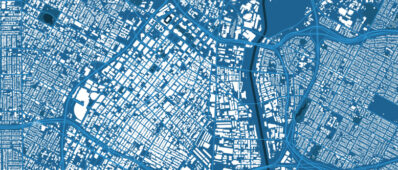Abstract
Approximately 1 million Californian households do not own a motor vehicle (hereafter a â??carâ??). These households, who are often forgotten in transportation policy discussions, can be organized into two groups based on whether they are voluntarily carless or not. Understanding why some households decide to voluntarily forgo cars could inform policies aiming at reducing dependency on cars. Understanding the plight of households who are not able to own a car is no less important as these households are at greater risk of social exclusion. Unfortunately, the authors’ knowledge of carless households is still sketchy so the purpose of this paper is to start filling this gap. They analyze data from the 2012 California Household Travel Survey using univariate tests and Generalized Structural Equation Models (GSEM) that account for residential self-selection to assess the impacts of various socio-economic and built environment variables on the likelihood to be carless, voluntarily or not. The authors’ results (GSEM Model 1) indicate that carless households are more likely to have less education, a lower income, and a smaller number of members than motorized families. They also tend to live in denser, more land-use diverse, and more walkable areas with better transit coverage. Contrasting voluntarily and involuntarily carless households (GSEM Model 3), the authors find that involuntarily carless households are less affluent on average and they tend to live in areas that are less land-use diverse, less walkable, and with worse transit coverage. Finally, although residential self-selection is present, its impacts are minor.
